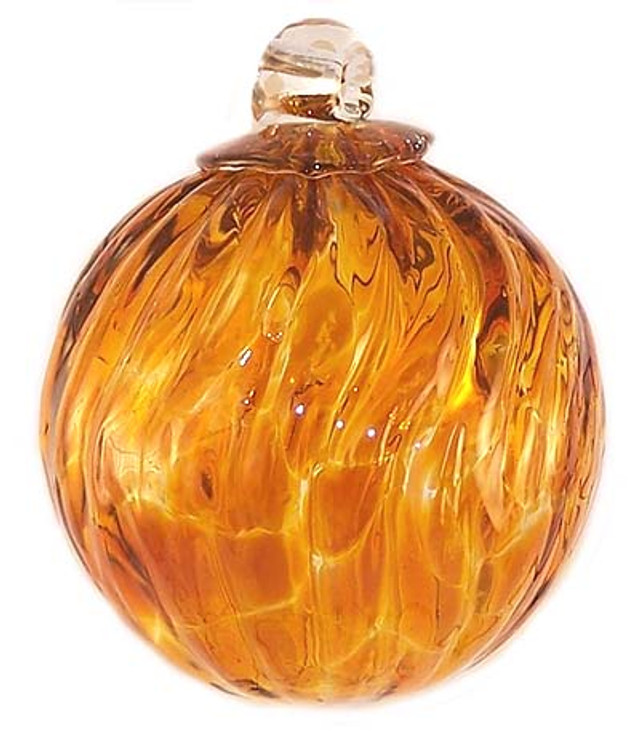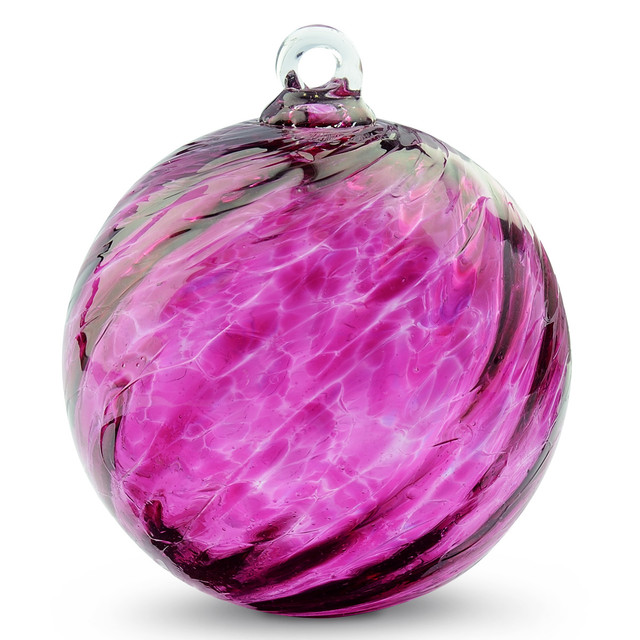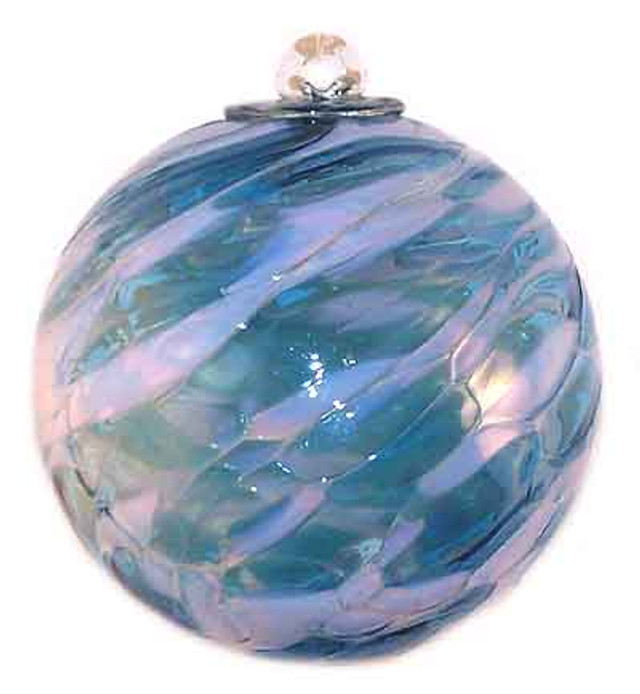How hand-blown glass balls evolved from German craftsmanship to modern décor & gifting.
Origins in Germany
 The word “Kugel” means “ball” in German. As early as the 1820s in glassmaking regions such as Lauscha, Germany, artisans began producing large hollow glass balls that were hung from ceilings and used in windows, not just on trees.
The word “Kugel” means “ball” in German. As early as the 1820s in glassmaking regions such as Lauscha, Germany, artisans began producing large hollow glass balls that were hung from ceilings and used in windows, not just on trees.
In 1848 the first commercially produced glass ornament — a kugel — appeared in Germany. :contentReference[oaicite:2]{index=2} These early kugels ranged in size from 1″ to 18″ in diameter and were often too heavy to hang on delicate tree branches, so they were suspended from ceilings or placed on pedestals.
The Journey to America
In the 1880s, American retailer F. W. Woolworth Company brought kugels to the U.S., investing just $25 initially but turning that into millions in sales as Christmas tree ornaments became popular.
Over time, kugels evolved from heavy glass ceiling balls into lighter, thinner-walled tree ornaments and decorative pieces, spreading throughout homes, garden displays and art glass collections.
Evolution into Friendship & Décor Pieces
The art glass sphere tradition gave rise to terms such as “Friendship Balls,” “Gazings Balls,” “Witch Balls,” and “Spirit Balls.” :contentReference[oaicite:6]{index=6} In the U.S., these glass orbs evolved into richly colored and textured works of art that serve as décor, gifts, and collectors’ items.
Today, a Kugel is not just a Christmas ornament—it’s a piece of hand-blown art that carries meaning, color and light into home décor, windows, gardens and gift-giving traditions.
How Kugels Are Made & Why They’re Unique
Quality kugels are hand-blown (mouth-blown) from molten glass and often include internal textures, swirls, iridized finishes or diamond optic patterns. Bubbles, slight variations and irregularities are part of the charm and proof of artisanal craftsmanship.
Because of their thickness and weight compared to modern mass-market bulbs, authentic kugels have heft and presence. Collectors prize them for their form, finish and historical character.
Modern Uses & Display Ideas
From hanging in a sunny window to floating on water or clustering in a tree or garden, kugels have many display possibilities. They often come in finishes like iridized, clear/colored mixes or textured surfaces, making them luminous in natural light.
At Kugelhouse, we continue the legacy—offering handcrafted kugels that honor glass-making tradition while embracing contemporary design, gifting and home décor.






